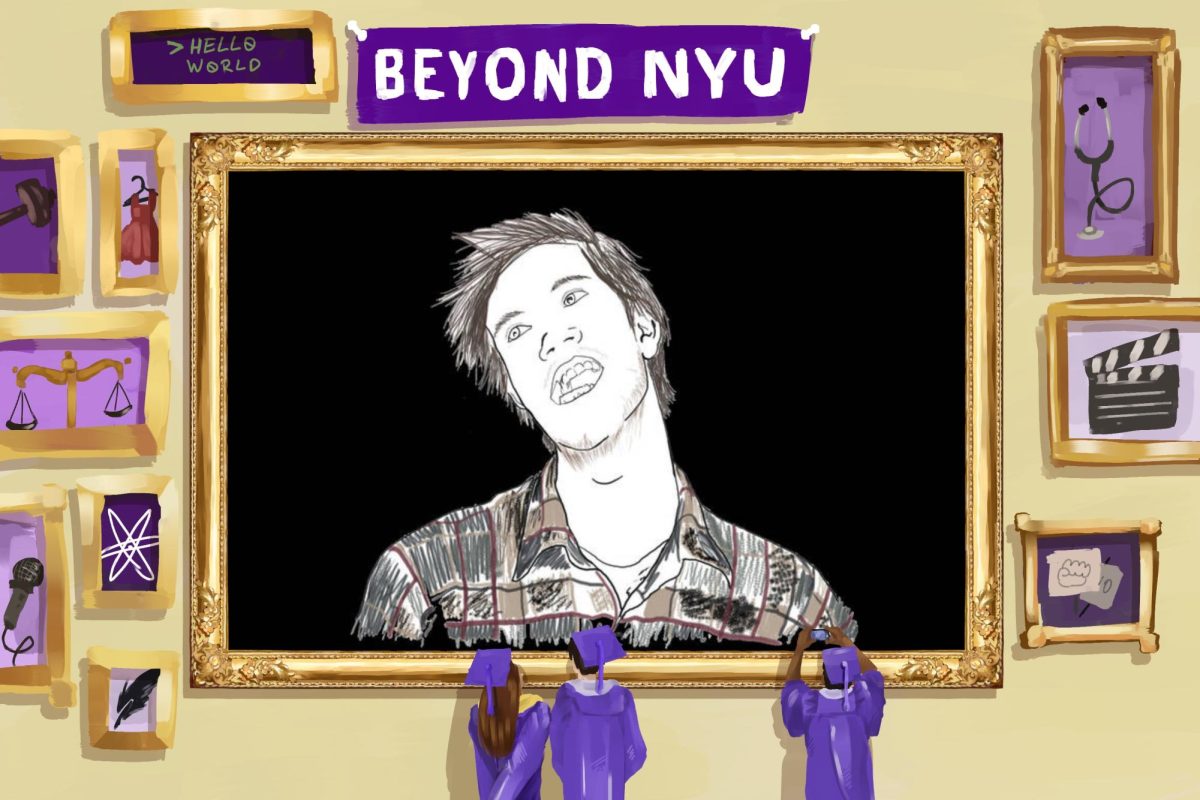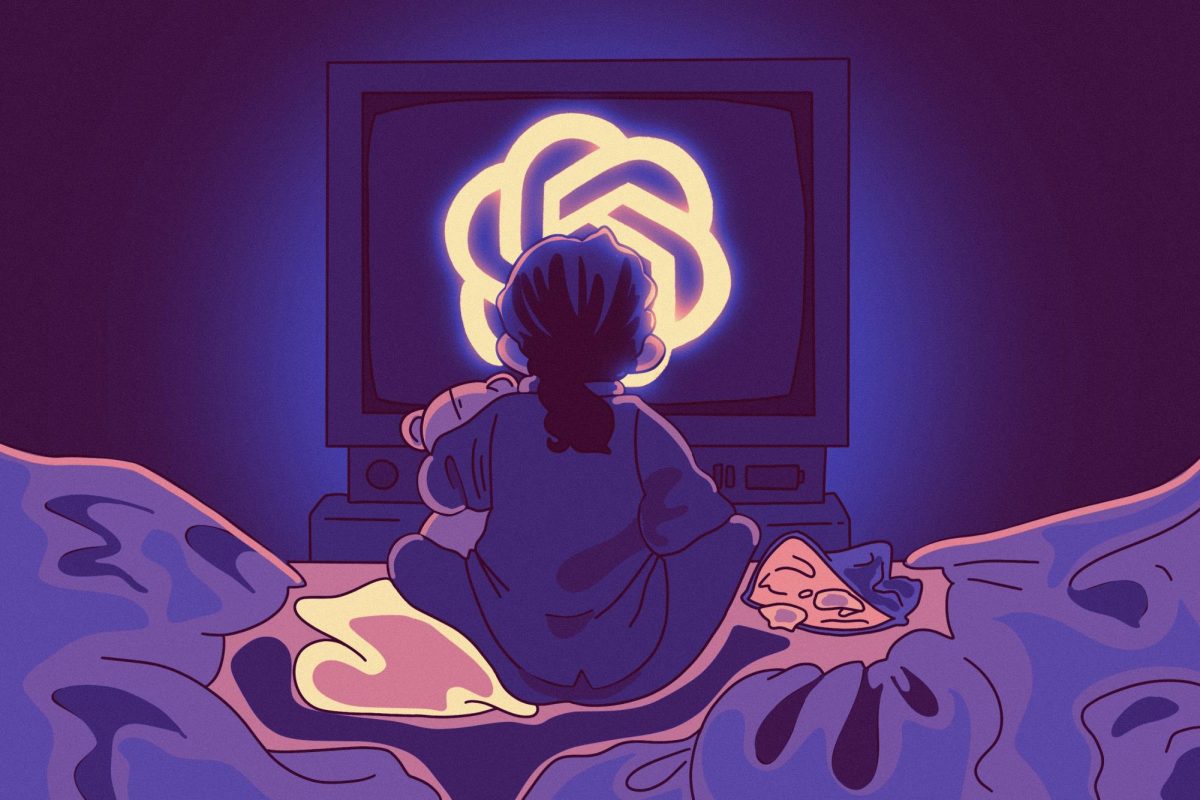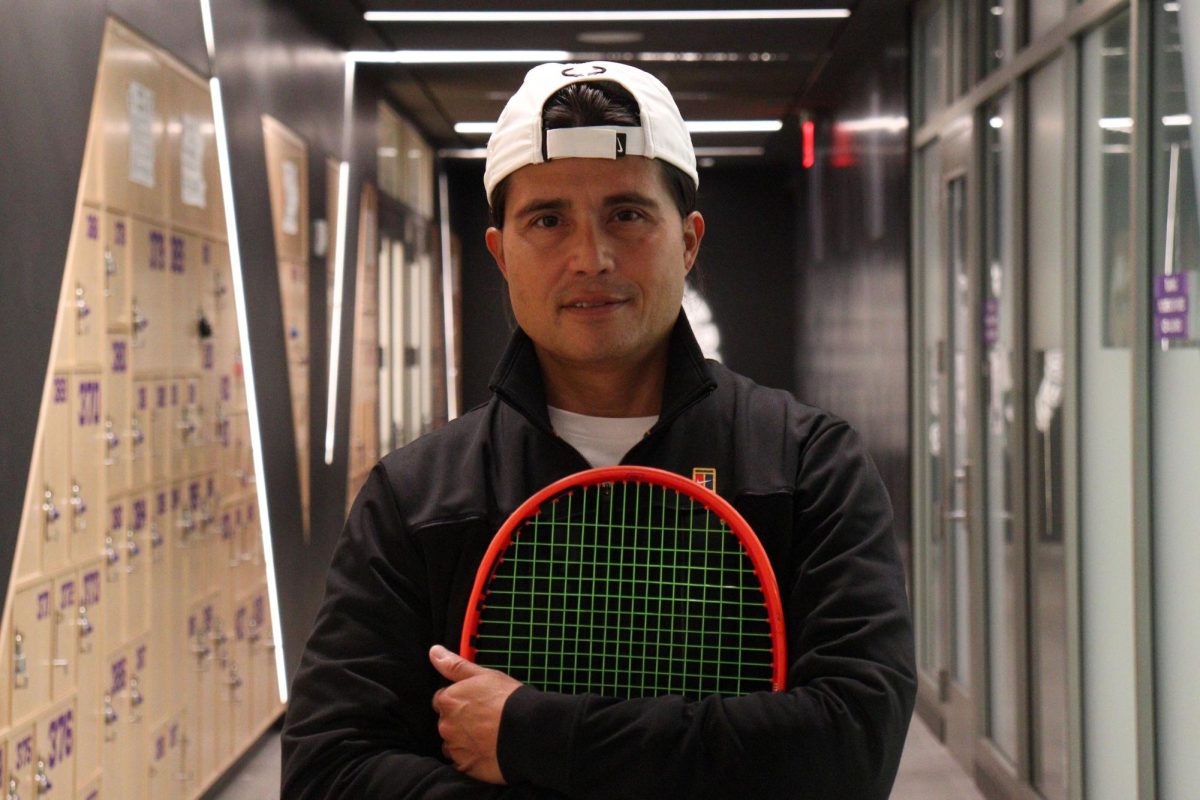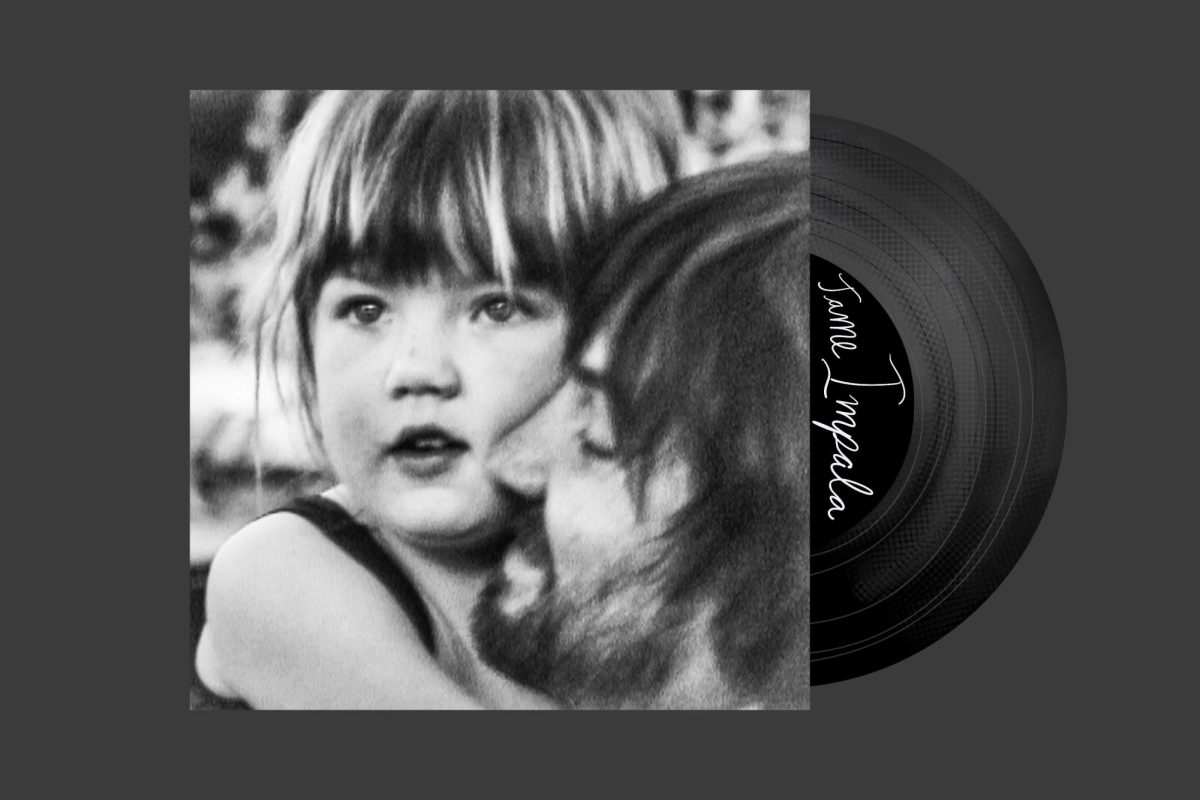Hey NYU, Stop Romanticizing Mental Health Issues

February 13, 2018
In recent years, the stigma of mental illnesses — such as depression and anxiety — has begun to disappear thanks to some honest and open conversations and an increase in education about the overwhelming prevalence of mental illness. The World Health Organization estimates that nearly 300 million people currently suffer from depression and that suicide has become the second leading cause of death in people ages 15 to 29 behind road traffic injuries. New lines of communication about these diseases have opened up in mainstream society, and things have improved for those with mental illness. But now, new and even more problematic channels have opened.
The romanticization of mental illness is especially prevalent at a school like NYU. In a place like New York City, we are constantly confronted with the image of the tortured artist, who through their pain is somehow heralded as more profound. We get swept up in idealizing people who prioritize and practically sacrifice themselves for their work just to keep up with New York’s fast-paced, hectic lifestyle. But to think that having a mental illness provides us with some sort of quirky characteristic, some unique trait or an edge is ridiculous.
The urge to glorify our struggles is particularly prevalent in adolescents, according to Dr. Mark Reinecke, chief psychologist at Northwestern Memorial Hospital. In an interview for The Atlantic that focuses on the teenage perpetuation of the concept of beautiful suffering on social media, Dr. Reinecke said that during those vulnerable years, it has become increasingly common for teens to seek out self-affirmation and recognition from others. He wrote about how the desire to be recognized as strong, beautiful and mysterious has pushed students toward depressed and self-pitying behavior.
Mental illness isn’t cute. It isn’t quirky or romantic or edgy. Mental illnesses are real, treatable and very common. Treating it like a trend or a status to aspire to is dangerous — both for those with diagnosed mental illnesses and for those who are experiencing symptoms associated with depression and anxiety.
Financial hardship, overwhelming workload, lack of sleep –– these are only a few of the harsh realities college students face. According to the ADAA, 85 percent of college students claim that they have experienced school-related stress that overwhelmed them and impacted their daily lives, and 41.6 percent of students cited anxiety as their top concern. Stress and anxiety are common feelings to experience as college students. They often manifest themselves in a variety of ways in our day-to-day lives whether it’s during the middle of an exam or of an issue keeping us awake at night. But these aforementioned feelings, which are associated with the symptoms of chronic illnesses, can be difficult to discern between normal stress levels and indicators of a larger issue, such as depression and anxiety.
The problem arises when these symptoms are no longer looked at seriously as possible signs of a diagnosable mental disorder but instead are glorified, put on a pedestal and used as a punch line or for our own self pity. When this happens, we fail to realize the severity of diseases like depression. We belittle them, make them seem inconsequential and ultimately, hinder the important discussion we need to continuously be having about mental health.
Opinions expressed on the editorial pages are not necessarily those of WSN, and our publication of opinions is not an endorsement of them.
Email Monica Barrett at [email protected].
























































































































































